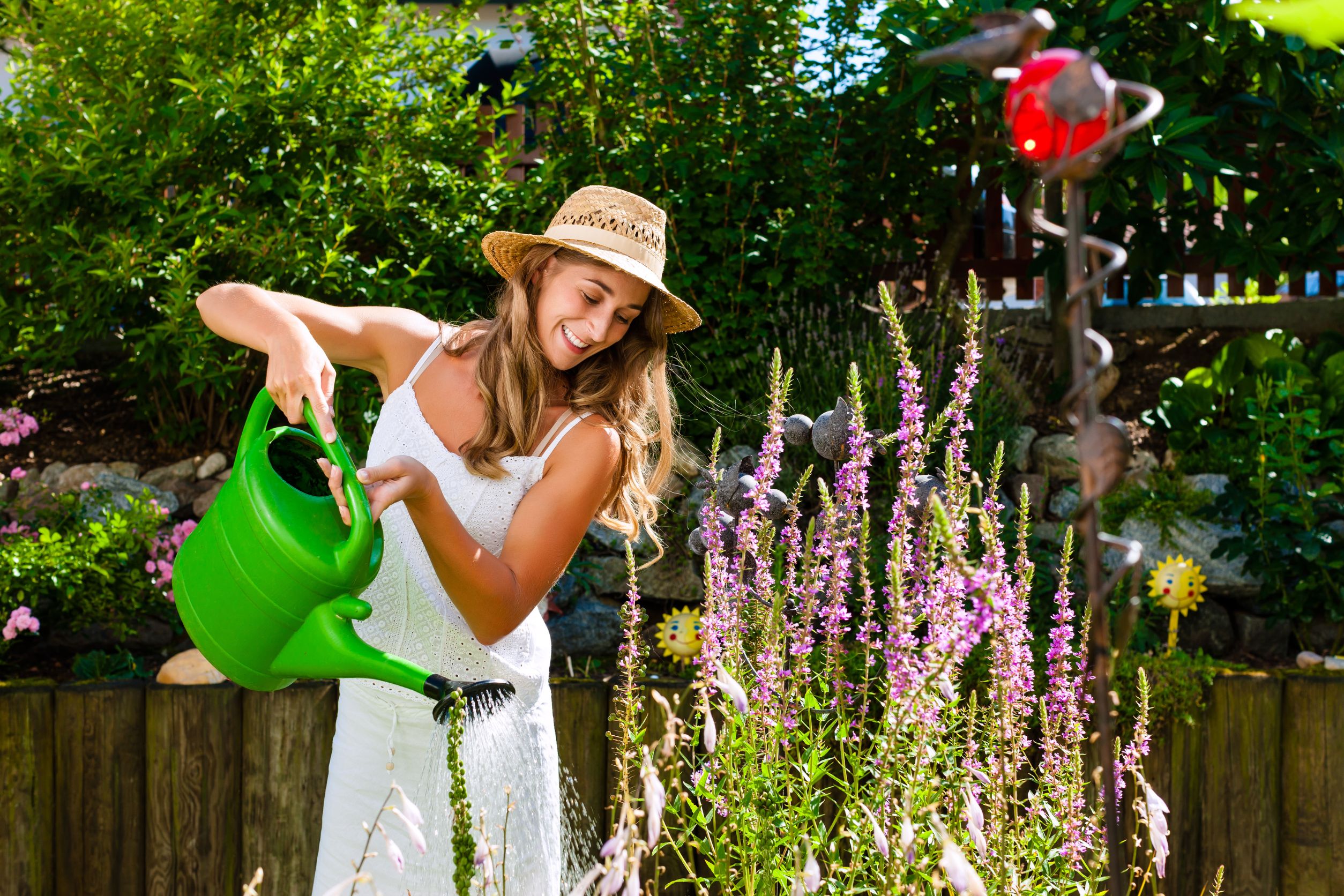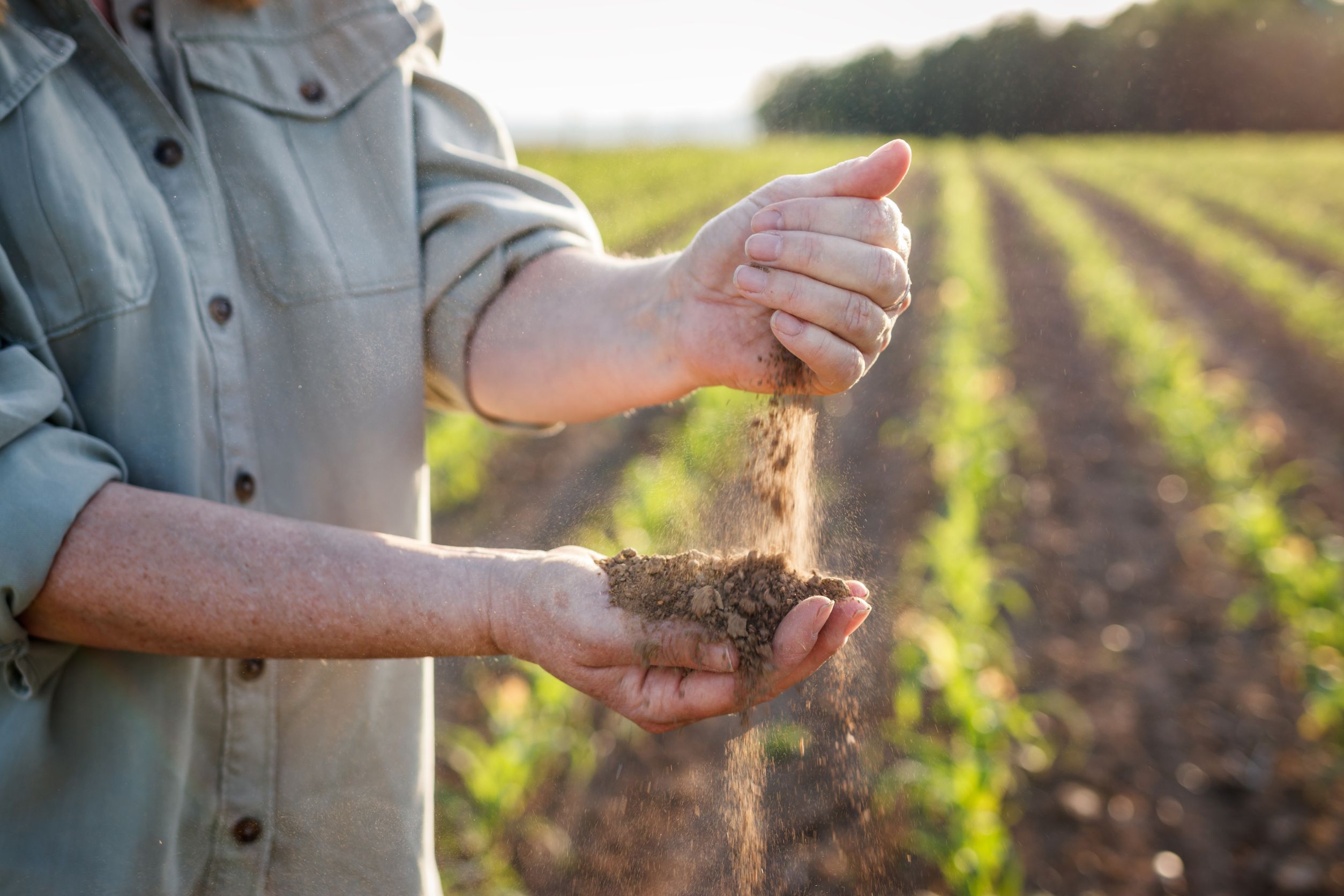
Canva
Understanding your gardening zone is the key to a thriving garden. It helps you determine what plants will flourish in your area, taking the guesswork out of gardening. In this guide, we’ll walk you through everything you need to know about gardening zones so you can confidently answer the question, “What gardening zone am I in?”
1. What Are Gardening Zones?
Gardening zones, also known as hardiness zones, are geographical areas defined by climate conditions, particularly the minimum temperatures. The USDA Plant Hardiness Zone Map divides North America into 13 zones, each representing a range of 10°F. These zones help gardeners determine which plants are most likely to survive and thrive in their area. The lower the zone number, the colder the climate, which is crucial for selecting plants that can withstand the winter. Understanding gardening zones is the first step toward successful planting.
2. How to Find Your Gardening Zone
Wondering, “What gardening zone am I in?” Finding your zone is easy with online tools like the USDA Plant Hardiness Zone Map. Simply enter your zip code, and the map will show you your zone based on your location’s average minimum winter temperature. Some gardening apps and local extension services also offer this information. Knowing your zone allows you to make informed choices about which plants to grow. Once you know your zone, you can start planning your garden with confidence.
3. The Importance of Knowing Your Gardening Zone
Knowing your gardening zone is crucial because it helps you select plants that are suited to your climate. Planting in the right zone ensures that your plants can survive the winter and thrive throughout the year. For example, plants rated for Zone 5 will struggle in Zone 3 due to the colder temperatures. By choosing plants that match your zone, you increase the likelihood of a successful garden with minimal risk of plant failure. This knowledge can save you time, money, and effort in the long run.
4. How Zones Affect Planting Schedules

Canva
Your gardening zone doesn’t just dictate what you can plant—it also influences when you should plant. Different zones have different growing seasons, with some areas experiencing frost earlier or later than others. Understanding your zone’s planting schedule allows you to time your planting for optimal growth. For example, in warmer zones, you might start planting earlier in the year, while cooler zones may require you to wait until later in the spring. Tailoring your planting schedule to your zone is essential for a productive garden.
5. Choosing the Right Plants for Your Zone
Once you know your gardening zone, it’s time to choose the right plants. Each plant has a hardiness rating that indicates the zones in which it can thrive. For example, if you’re in Zone 6, look for plants labeled as hardy in Zones 5-7. This ensures that your plants can handle the extreme temperatures in your area. Nurseries and seed catalogs often list the appropriate zones for each plant, making it easy to select the best options for your garden. By choosing plants that are suited to your zone, you set your garden up for success.
6. Microclimates: A Gardening Zone Within a Zone
While gardening zones are a helpful guide, they don’t account for microclimates—small areas within your zone that have slightly different conditions. For example, a sheltered spot near a building may be warmer than the rest of your garden. Understanding microclimates in your garden can help you make even better plant choices. You might be able to grow a plant suited to a warmer zone in a particularly sunny or sheltered spot. Paying attention to microclimates allows you to push the boundaries of what’s possible in your garden.
7. Gardening in Border Zones
If you live on the border of two gardening zones, you have a unique opportunity to experiment with a wider range of plants. Plants that are hardy in both zones may thrive, giving you more flexibility in your garden design. However, it’s important to consider the more extreme conditions of each zone when making your plant selections. You may also want to adjust your planting schedule slightly to accommodate the zone’s differences. Gardening in a border zone can be exciting as you explore the possibilities.
8. Adapting to Climate Change

Canva
As climate change affects weather patterns, gardening zones may shift over time. Some areas are experiencing warmer winters, which can change the zone they fall into. Staying informed about these changes is crucial for long-term gardening success. You might need to adjust your plant choices or planting schedule to match the new conditions. Keeping an eye on updates to the USDA Plant Hardiness Zone Map can help you stay ahead of these shifts. Adapting to climate change ensures your garden remains resilient.
9. Using Gardening Zones for Perennials and Annuals
Gardening zones are especially important when selecting perennials, which return year after year. You’ll want to choose perennials that are hardy in your zone to ensure they survive the winter. Annuals, which complete their life cycle in one growing season, are more flexible since they don’t need to withstand the winter. However, knowing your zone can still help you time your planting and choose annuals that will thrive during your growing season. By considering both perennials and annuals in your zone planning, you can create a balanced and beautiful garden.
10. Expanding Your Gardening Knowledge Beyond Zones
While understanding your gardening zone is vital, it’s just one piece of the puzzle. Soil type, sun exposure, and water availability also play crucial roles in gardening success. Pairing your zone knowledge with an understanding of these factors allows you to create the perfect environment for your plants. Don’t be afraid to experiment and learn from your garden’s unique conditions. The more you know about your garden, the better you can tailor your approach to achieve beautiful results.
Unlock Your Garden’s Potential with Zone Knowledge
Knowing your gardening zone is the first step to a thriving garden. It guides your plant choices, informs your planting schedule, and helps you make the most of your garden’s conditions. By understanding and leveraging your zone, you can create a garden that’s not only beautiful but also resilient. Stay informed, experiment with microclimates, and adapt to changes to keep your garden flourishing year after year. With this knowledge in hand, you’re well on your way to unlocking your garden’s full potential.

Vanessa Bermudez is a content writer with over eight years of experience crafting compelling content across a diverse range of niches. Throughout her career, she has tackled an array of subjects, from technology and finance to entertainment and lifestyle. In her spare time, she enjoys spending time with her husband and two kids. She’s also a proud fur mom to four gentle giant dogs.
Leave a Reply